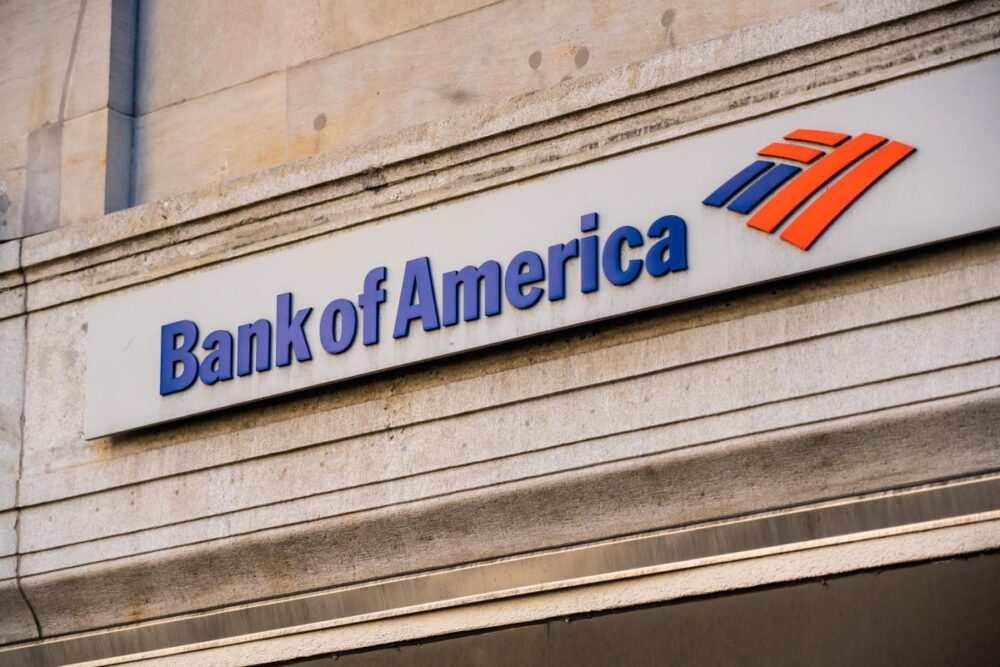Overdraft fees made up about 10 percent of big bank profits. They collected more than $30 billion in Overdraft fees in 2020.
Bank of America, the nation’s second-largest bank, said that it would cut its overdraft from $35 to $10. Wells Fargo also said it would cut its overdraft fee and stop charging NSF fees. Capital One will get rid of the fee altogether.
Peter Boyer, a senior vice president at Capital One, said, “We’re the sixth-largest retail bank in the U.S., and this will affect every checking customer that we have.”
Banks charge consumers on average $33.47 whenever they attempt they use their debit card or a scheduled bill hit their checking account if they don’t have enough money in their checking account to cover the amount.
A one-dollar transaction can cost the checking account holder $35 or more if the transaction exceeds his account balance.
Returned-check and Automated Clearing House (ACH) transactions can cost consumers even more. Banks can charge an overdraft, non-sufficient funds (NSF), or both.
Taxing the Poor
Overdraft fees and NSFs are a tax on the poor. The middle-class and above often have access to better consumer financial products.
Based on the Consumer Financial Protection Bureau (CFPB) report, 5% of checking account holders overdraft more than 20 times per year.
A checking account costs some American consumers nearly $700 ($33.47 x 20) per year.
The Pressure
CFPB, the consumer protection agency, has been taking a hard look at banks that charge those hefty fees.
However, the pressure on the big banks is coming from a new crop of competitors. Neobanks or digital banks want to make banking less complex, opaque, and customer-focused.
For instance, digital bank Chime offers checking accounts with no monthly and overdraft fees to lower, and middle-income Americans.
Digital banks have shown so far that they can offer consumers less costly financial products and serve them more effectively.
Getting rid of overdraft fees or reducing them is one-way traditional banks can stop their existing customers from switching to digital competitors.
